Knitting vs Crochet: How To Knit (If You Crochet)
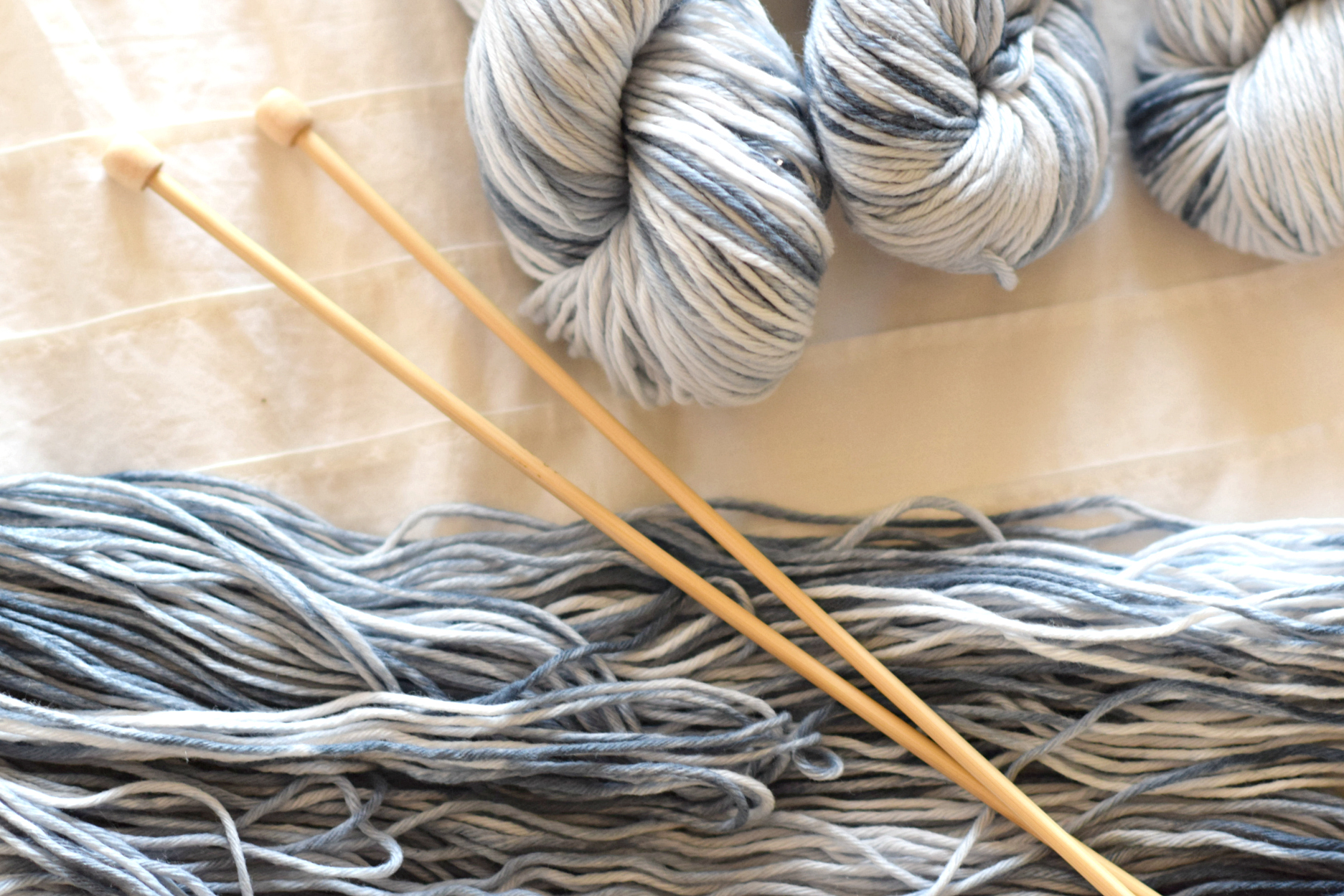
If you learned to crochet before you tried to learn how to knit, you may find knitting to be confusing. Today I’m answering one of the many knitting vs crochet questions and also how to knit if you already crochet!
Since I create both knitting and crochet patterns here on the blog, I get a ton of questions about knitting vs crochet. After several folks have asked me about a knitting tutorial, I decided to make one. Thank you for the requests!
Let’s hop right to it!
How To Knit if You Already Can Crochet
Follow along with my video below, and feel free to pause as needed.
Don’t forget to grab your needles and yarn before you start! Have fun.
That is all there is to it! Isn’t it fun? And you can see how the hand movements are similar to crochet with this method.
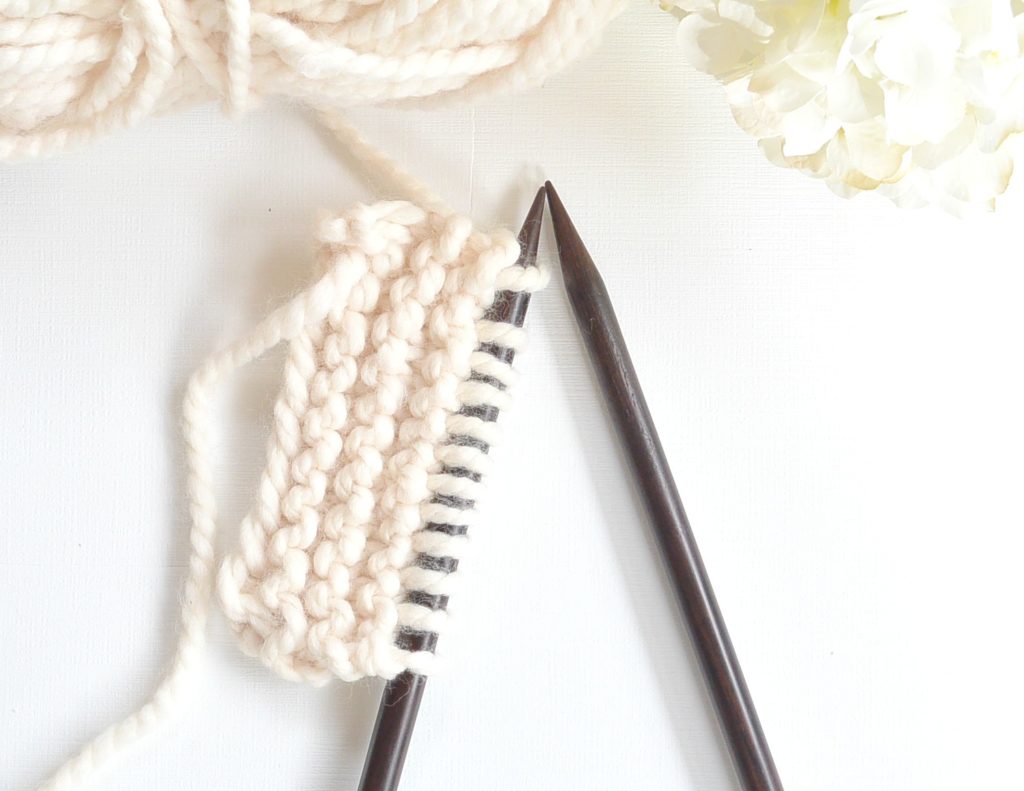
Knitting vs Crochet: Learning My First Method
Believe it or not, I learned to knit from YouTube videos. In fact, it’s a funny story…
I tried learning how to knit from a book. If you learned from a book, I want to tell you that I believe you are a straight-up genius! It was impossible for me to figure out how to do it without seeing it in action with my own eyes. Thank goodness for YouTube because I could watch a zillion different videos and find one that worked for me.
You guys, I almost gave up on yarn crafts completely. Can you imagine that? Before I gave up, I happened to stumble upon a “How To Crochet” video and learned how to crochet.
It hadn’t even crossed my mind to look to YouTube in order to learn to knit. But once I discovered it, a whole new world opened up to me! So, as it turns out, I tried to learn how to knit but ended up learning how to crochet first!
Can you teach yourself knitting?
Yes! I certainly did, and I know many other people who taught themselves too. Of course, if you use a tool like YouTube, that’s much easier to do.
Watch plenty of videos because some may make more sense to you than others, and expect a learning curve like you would for any other new skill.
There are many ways that people like to knit, but the version that I detail here is easiest for me, and I believe it’s the easiest version for crocheters to learn.
Different Knitting Styles
When it comes to knitting, there are two basic technique styles: English and Continental (sometimes called German). The big difference between them involves how you hold the yarn. With the English method, you hold the working yarn in your right hand. However, when using the Continental method, you hold the working yarn in your left hand, similar to crochet.
Is English or Continental Knitting faster?
Although there are people who can knit very quickly using either method, I personally believe that knitting Continental style is slightly faster. Since it employs smaller arm and hand movements, I think this method is both just a tad faster as well as better for people who have repetitive movement injuries.
I happen to use the Continental knitting method. Similar to knitting vs crochet, I don’t think one technique is any BETTER than the other. Please, do whatever method works for YOU. Continental style “clicked” for me since I learned to crochet first, so that is what I’m showing you today.
Maybe you’ll despise the way that I do it, and that’s fine! If that’s the case, I encourage you to search around YouTube and see what clicks for you.
Learning How To Knit – The Basics
- Step 1 – Pick a yarn and needles that match (read the label on your yarn to see what size needles to use)
- Step 2 – Cast on your stitches (see the video on how to cast on to your knitting needles)
- Step 3 – Knit across the row (see the video as I use Continental Style knitting to knit across the row)
- Step 4 – Continue knitting for as many rows as you’d like
- Step 5 – Cast off (I don’t show this step in this video)
That’s all there is to it!
As with any new skill, it takes some practice. You’ll find that just as with crochet, you have to practice getting the right tension for each stitch. Once you get that down, you’ll be off to the races and ready to learn more stitches.
I just showed you the knit stitch, but soon you’ll learn to purl! Then, you’ll be able to make stockinette stitch which is that beautiful flat fabric you see on most sweaters.
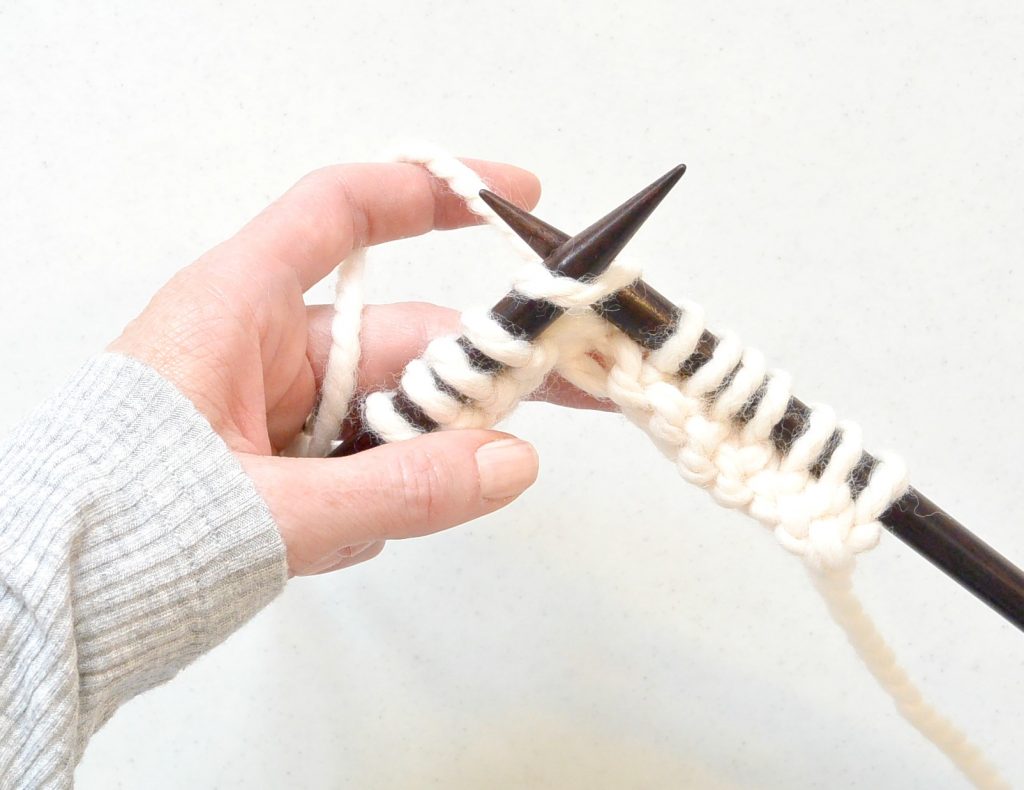
Knitting vs Crochet FAQs
As I mentioned earlier, I tend to get lots of questions from readers, so I thought I would use this opportunity to add a few of them (and their answers) here.
Is knitting or crocheting easier?
Like with anything, once you learn a skill and practice it, it becomes much easier. While you will find people who will argue one way or the other until they’re blue in the face, I personally think that crocheting is easier for beginners. Here’s why:
- You don’t need to move the stitches back and forth between needles.
- You only need to use one needle.
- Crocheting is less likely to unravel than knitting.
That said, I personally love being able to do both and enjoy both.
Is it better to knit or crochet?
While, for the most part, I would say this is a matter of personal preference, there are a few instances where I think knitting vs crochet DOES matter. But one is no better than the other! Nope!
Knitting vs Crochet: More Resources You’ll Love
- Modern Mountain Throw Knitting Pattern
- Favorite Knitting & Crochet Patterns of the Year
- Tierra Stitchy Hoodie Knitting Pattern
- Knitting Patterns
Are you a knitter or a crocheter? What advice would you give to someone who is just learning?
Happy knitting and crocheting to you!
XO
Jessica

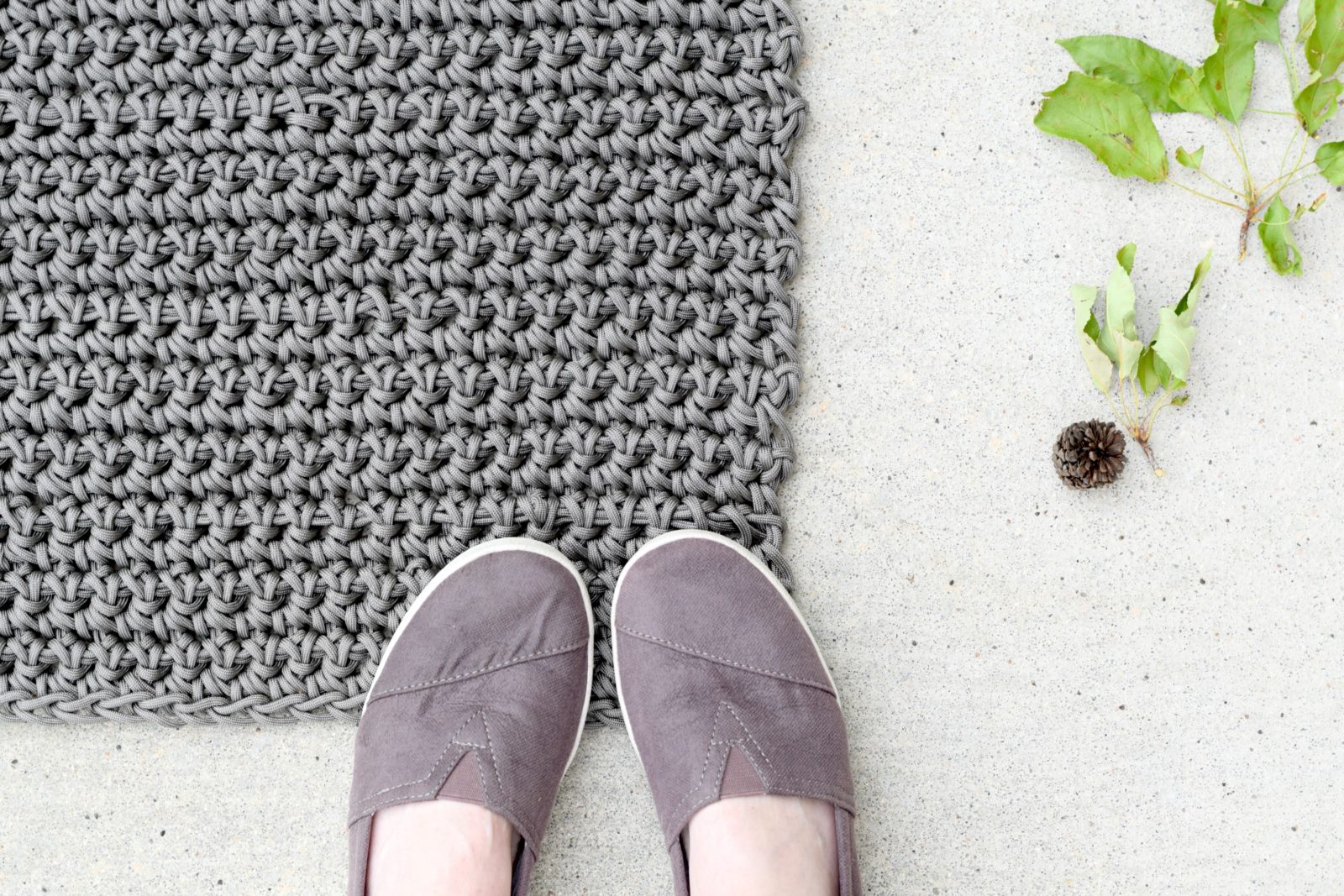
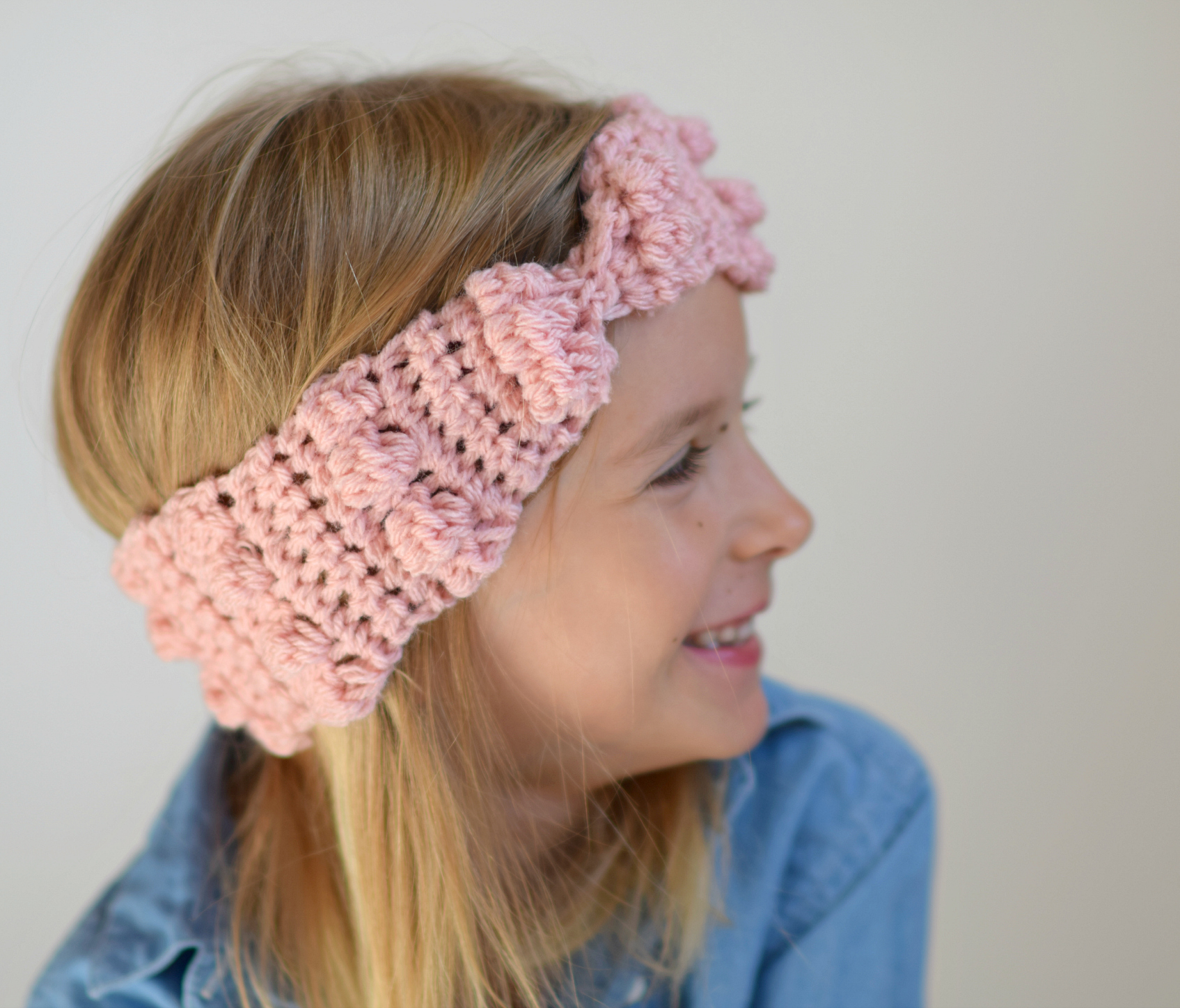



You are so right! I have been crocheting since I was 10 and always found knitting so awkward- all that moving of the hands and yarn. Once I tried continental style it was so similar to crochet that I had no problems! Often wondered if other crocheters felt the same.
Yes! That’s exactly how I felt. All that moving of the yarn seemed so inefficient or something. I know many people who prefer other ways, but for me, this made so much more sense. 🙂
Yes! I struggled to learn how to knit English style and gave up so many times. I finally stumbled upon continental knitting and it finally all made sense!
I am 72 and an experienced crocheter, never a knitter. I have struggld all my life with the English method of knitting until last year I sat next to an Italian lady on a bus and saw the Continental method in action! What an amazing discovery! I went home and learned how to do it on u-tube, but i can only do straight rows of knit and purl. I’m still trying to learn more compiicated combinations. I would LOVE you to publish a “how to” with perhaps a small item to knit, using combinations of stitches for all us newbies. (PS Here’s something interesting…. I am an Australian and here we use the English crochet stitch names. The US ones are different! The English “double-crochet” is like the US “single”, the English “treble” is like the US “double”, etc. There is no “single crochet” in English patterns, which is useful when you are trying to identify the origin of a pattern. Get it wrong and you’ll have a very odd result!)
I learned as a child the continental style of knitting. I now do really intricate Irish knit designs. When I am not sure of how to do a stitch “my way”, I simply do the stitch using the English method to see what it should look like, then put the thread back on my left hand and develop the stitch to look the same. Most instructions are written for the English method, but it is really simple to change it to Continental. Good luck.
Barbara
I learned the English method from my mother, but always preferred crochet until I stumbled across Continental. I agree that the other methods seem to be a waste of movement and more difficult than necessary. I have a few sites bookmarked to help me transition some fancier stitches from english to Continental, but sadly, for some like the bee stitch, I cannot seem to make the transition. Have you ever thought about posting a conversion chart? To me, that would be gold!
I enjoy your website so much. Just been wondering if you could give a lesson on the sequin stitch. The only video I have found is in Spanish which I can’t speak. This st itch is similar to the crocodile stitch. Thank you .
I’m also a crocheter and have found learning to knit cumbersome, to say the least. Can’t wait to try your Continental way. Thank you so much!! I didn’t know there was another way. I would also love some baby patterns, if you have any. Thanks.
Trudie
This is how I began knitting, too! I always admired the look of knitted items but I’ve been crocheting since I was a little girl, it seemed like such a tedious craft, moving yarn each stitch, etc. When I was looking for a knitting tutorial on youtube as a last ditch effort to give knitting a try, I discovered Continental Knitting and haven’t looked back! I visited a local yarn store for a little sit-in time where you could work on projects and ask questions. As I was knitting a purse that would be felted, the owner came over to see what I was doing. She asked about the method and was really interested in learning to knit that way. I think I introduced a trend!
Great article!
For me, it’s the other way around. I have been knitting for 15 years and O finally discovered crochet some time ago (better late than never…). I learned knitting as a little girl and have never thaught about it being english or continental, I hold my needles in a very strange way so I think I’m doing something in between. Being lefthanded I found it very hard to understand how to hold my yarn (youtube is definitely a great source of help but there is not always a lefthanded version of what I am looking for). I will definitely try your way of knitting, I think it will help me with holding my yarn when I crochet!
OH MY GOODNESS!~! I am so glad to have found your tutorial on knitting in continental style . So easy to follow and learn. My comfort zone has always been crochet and knitting always seemed so tough for me, all that movement just never felt fluid in my hands. Just this past weekend I attended a workshop on hand dye painting on merino wool. The colors and variegation seem to lend themselves more to a knitted project. Now that I have seen your video, I will be more confident in trying to knit with the 2 skeins that I created in the workshop. Cannot thank you enough. Attached a link of picture of the colors. Hope you can open it.
https://www.facebook.com/photo.php?fbid=10213884946177189&set=pb.1214596669.-2207520000.1559652997.&type=3&theater
Vicki, in Nova Scotia
I learned to knit from a learn how to knit kit.. I hated it.. Nothing looked right.. I gave up years ago.. Then a couple of years ago, I learned the contentil way of knitting.. Now I love it.. Since I am a long time crocheter, it it easier and makes more sense.. I’ve knitted dishcloths, potholders, and and now working on a shrug.. Takes a lot of patience at first!!!!